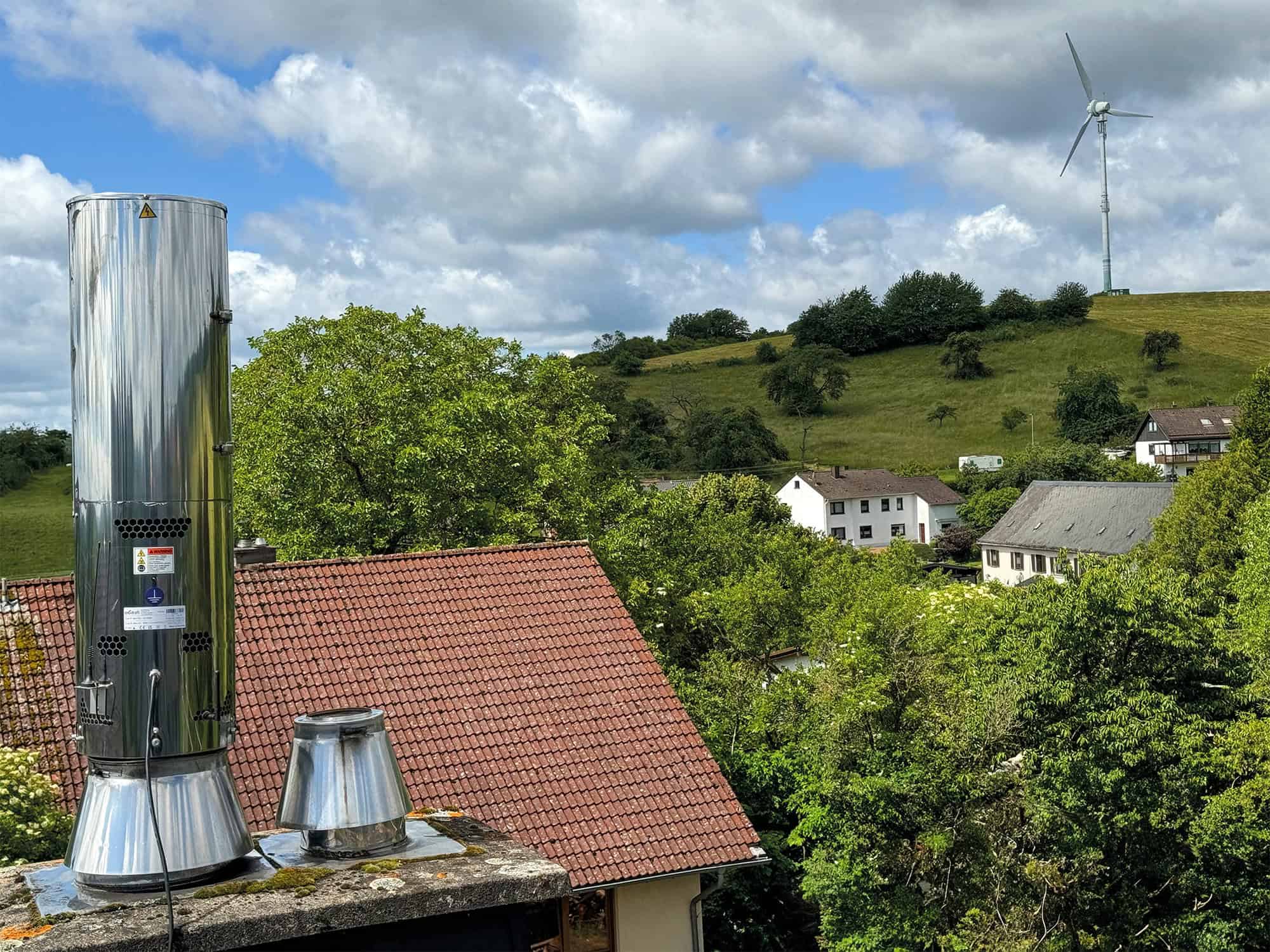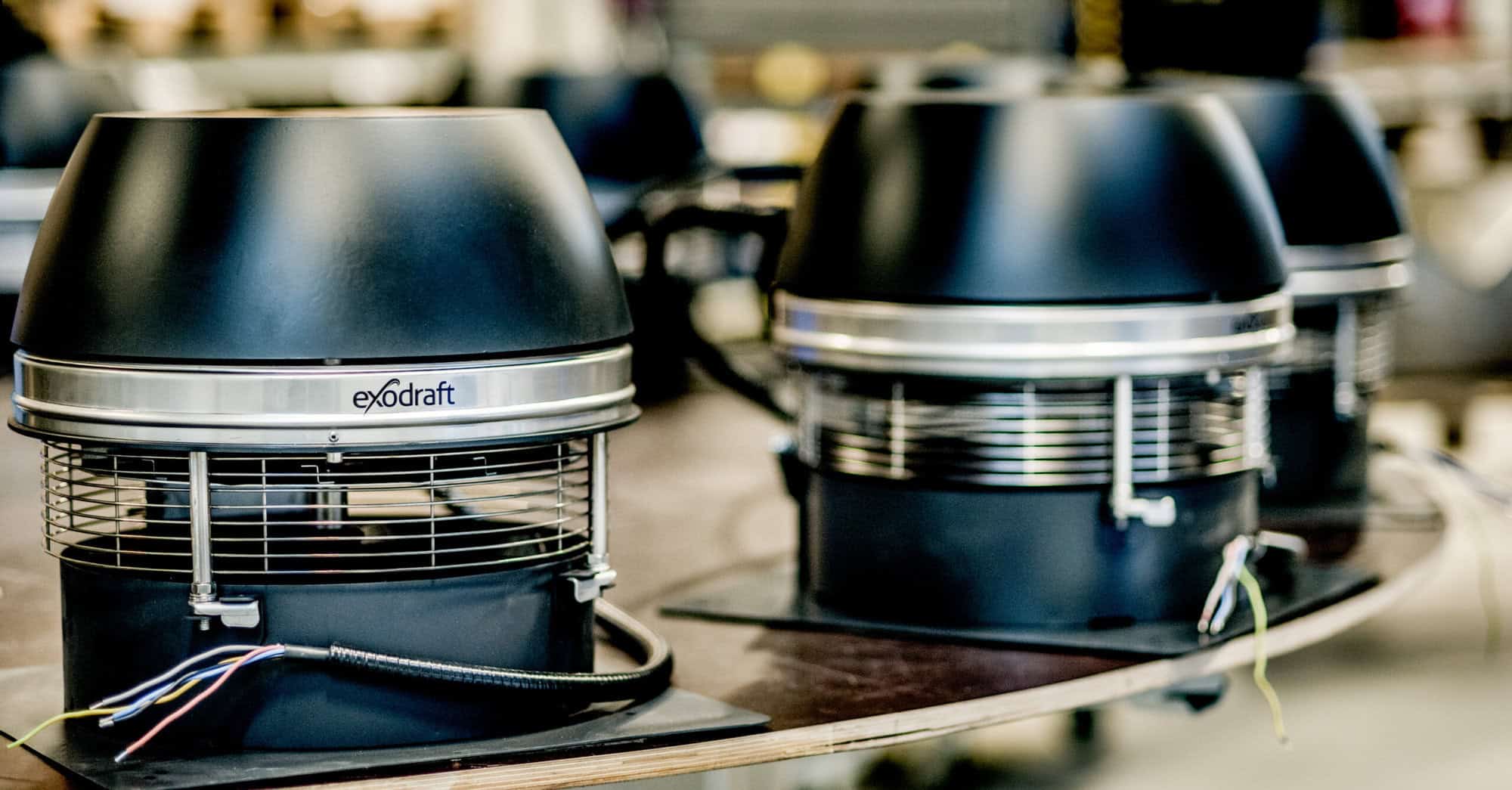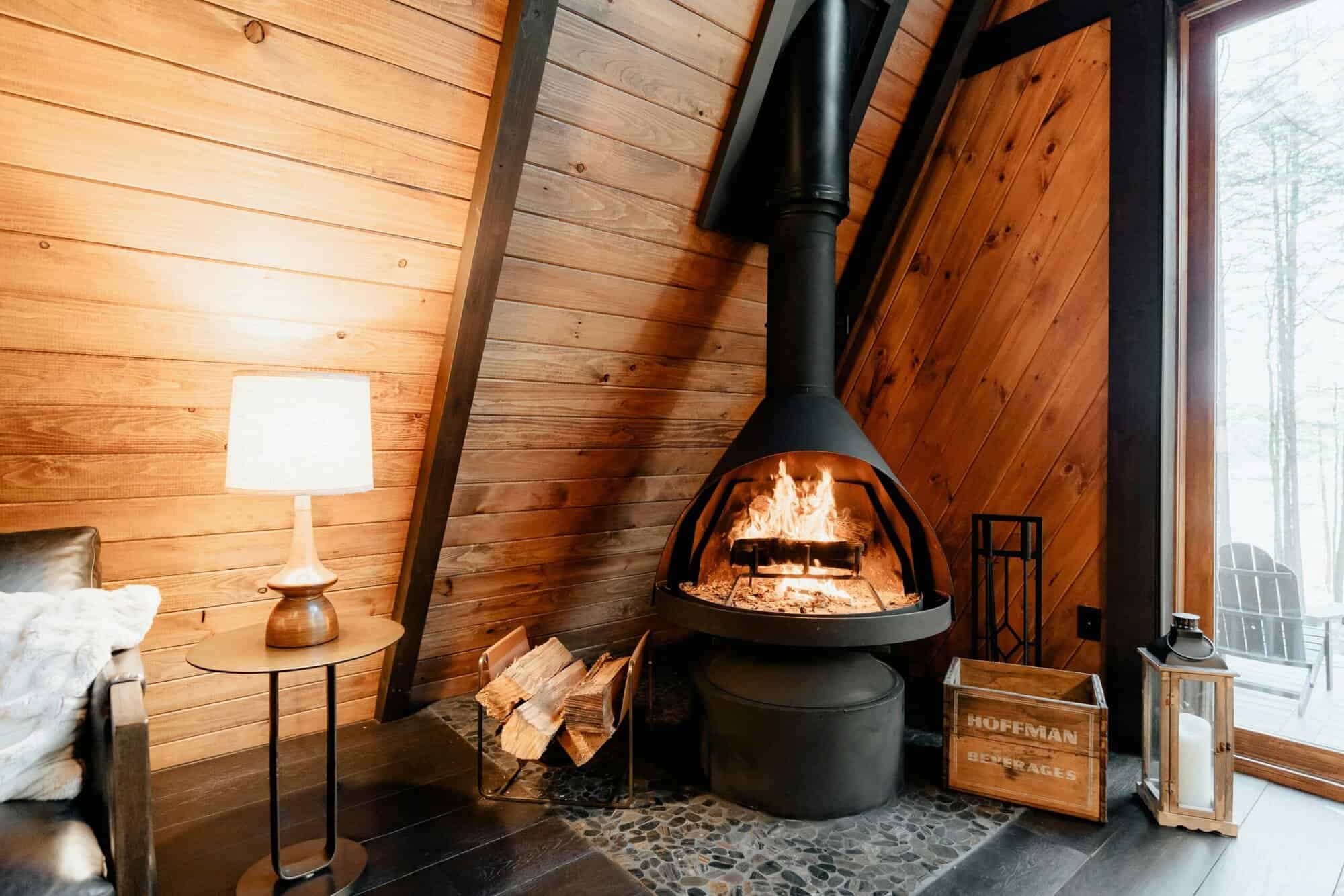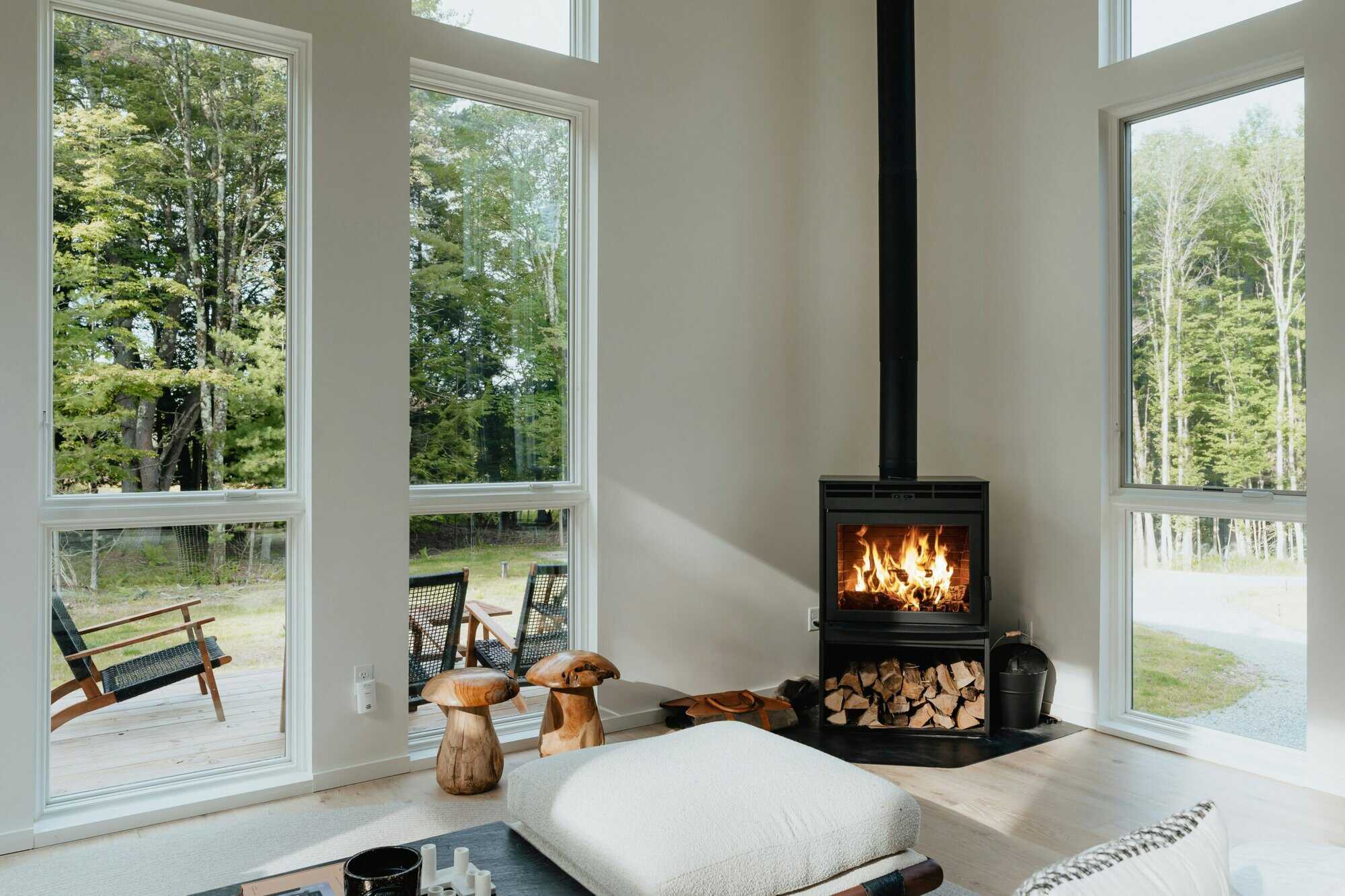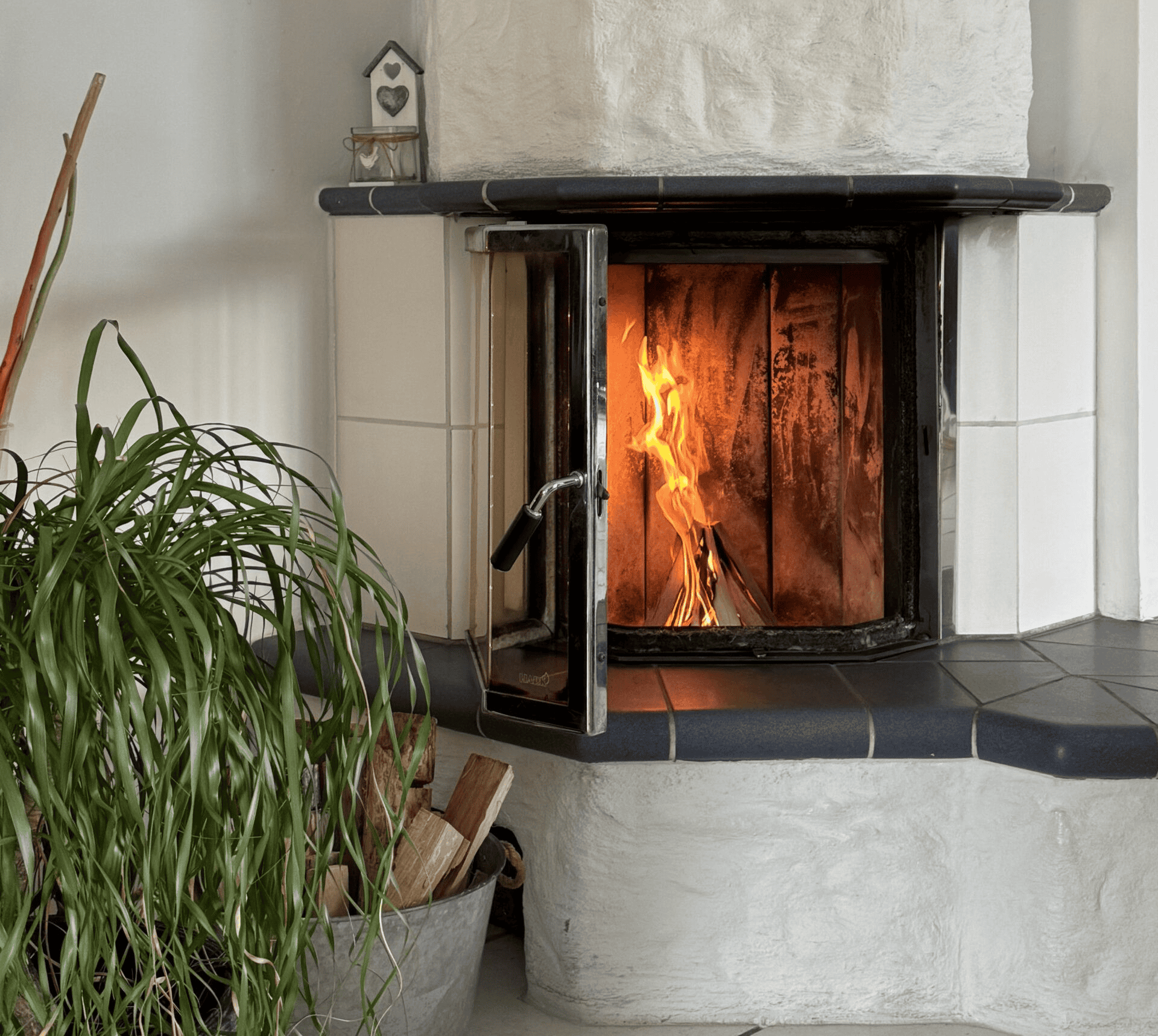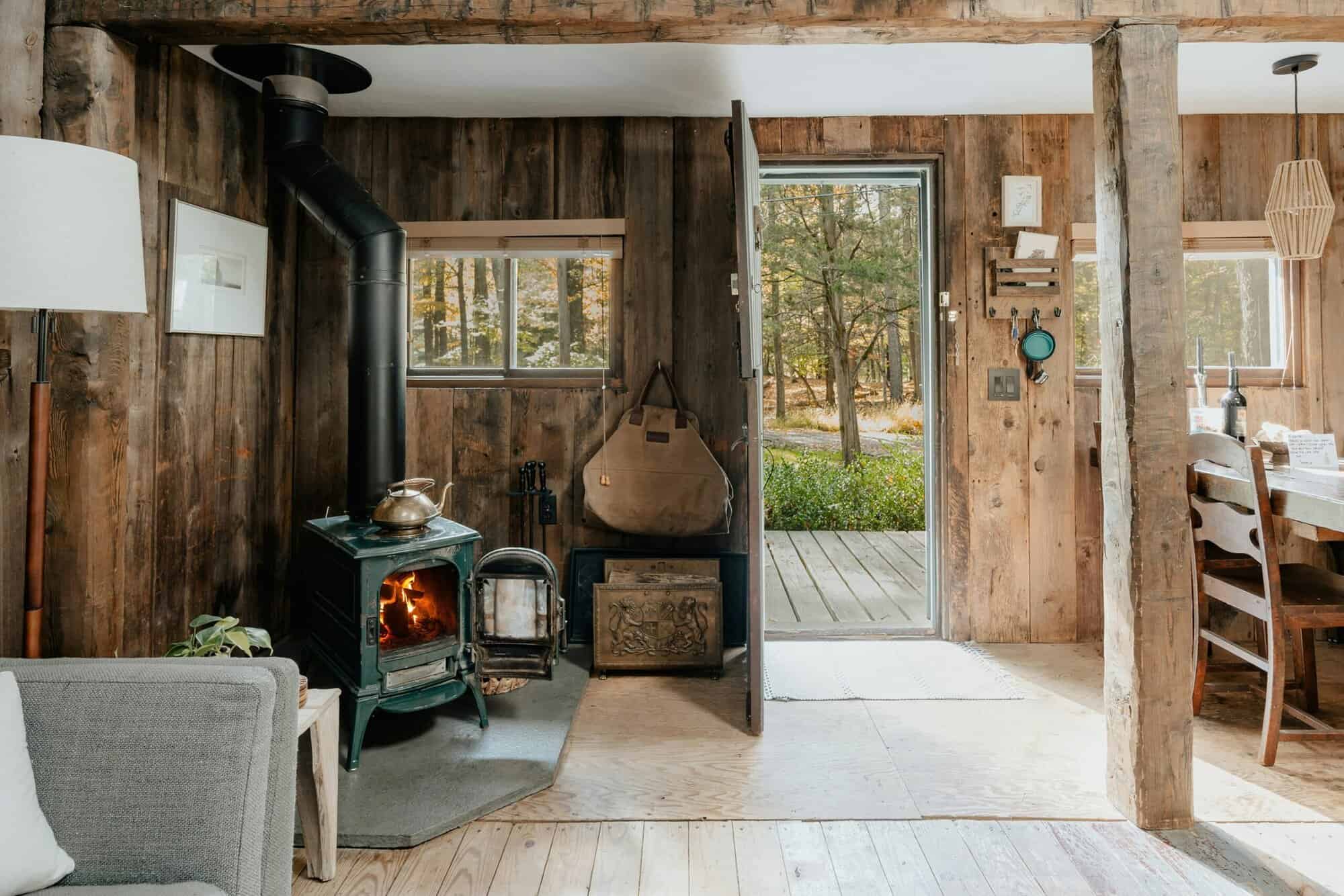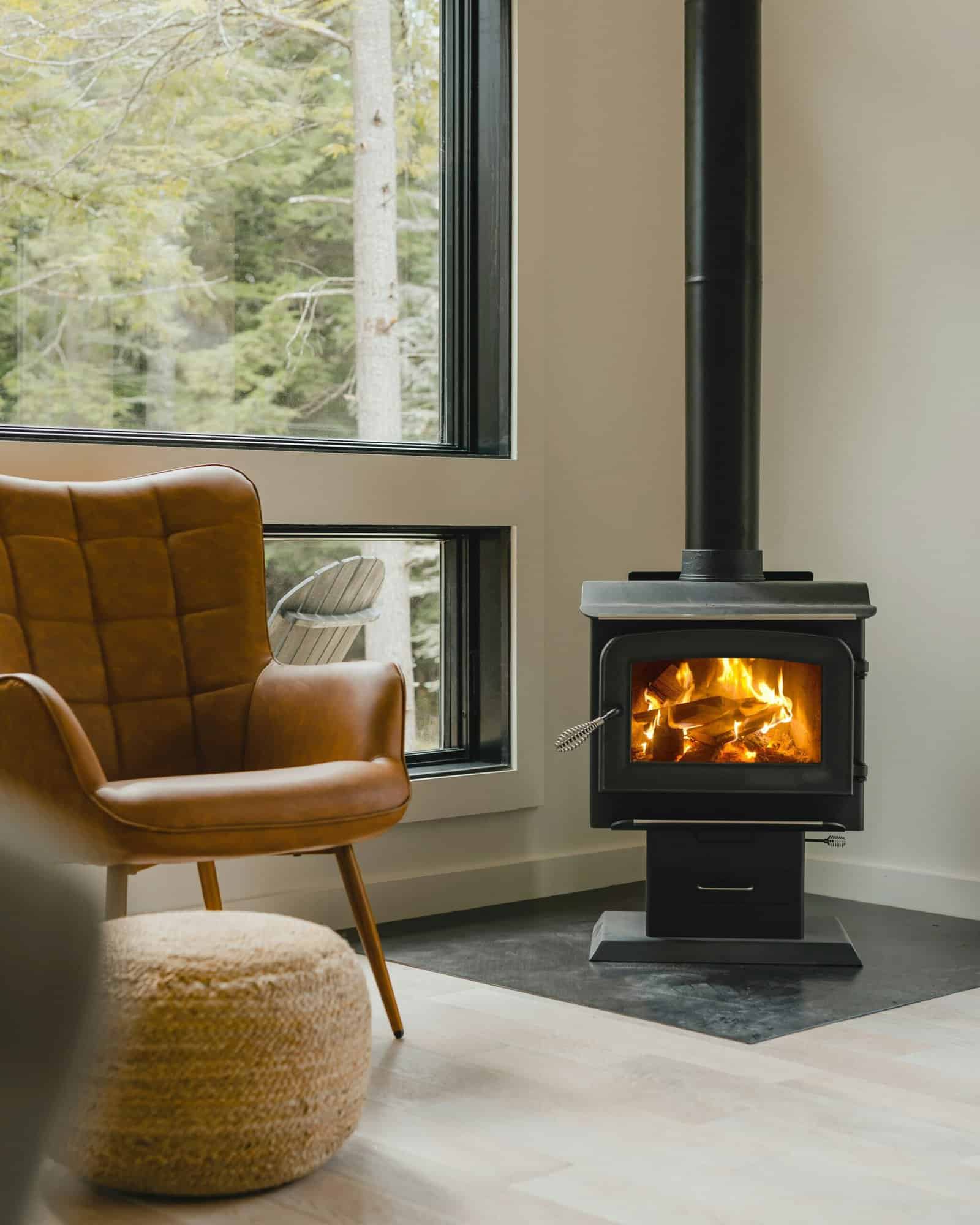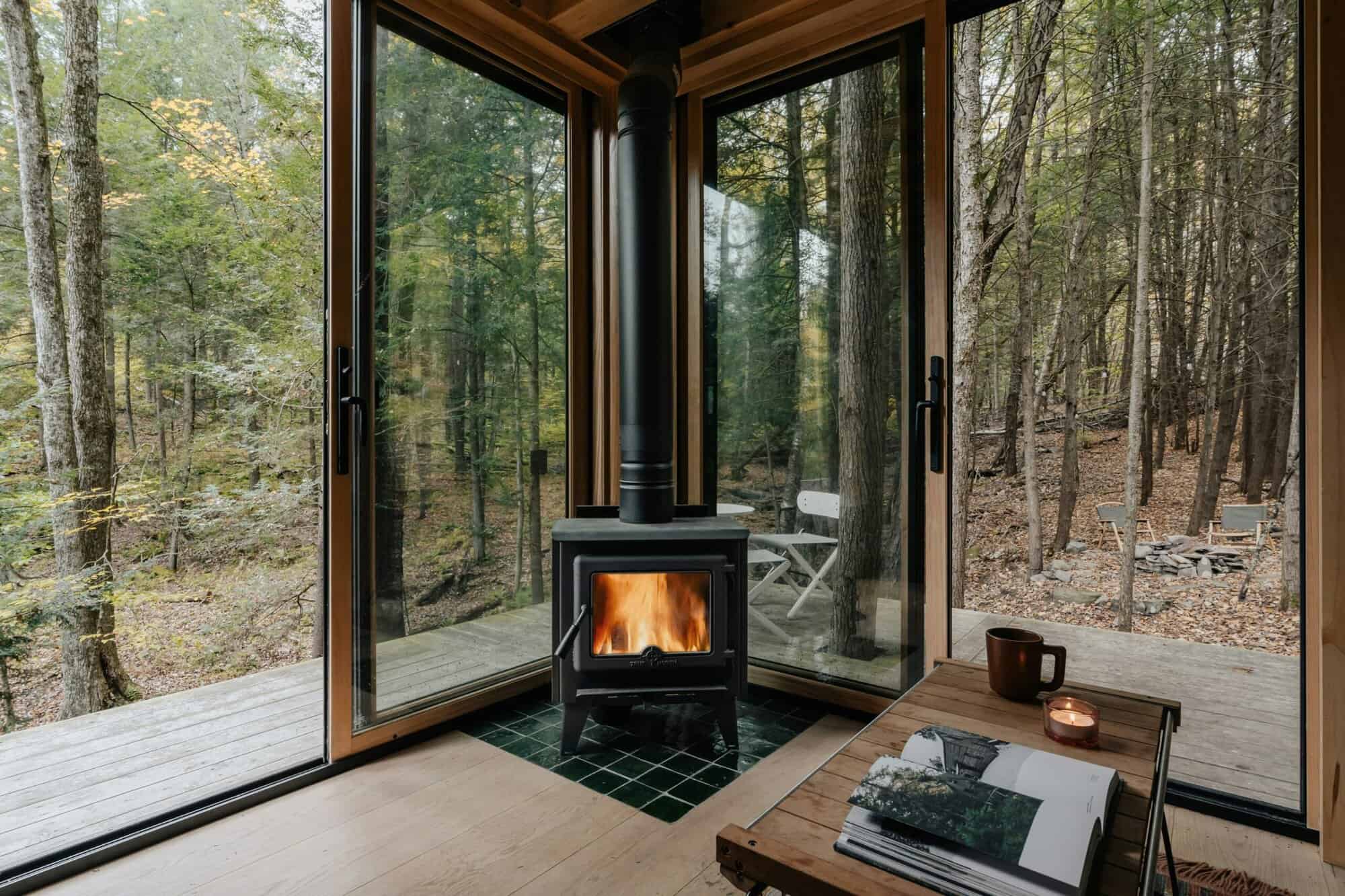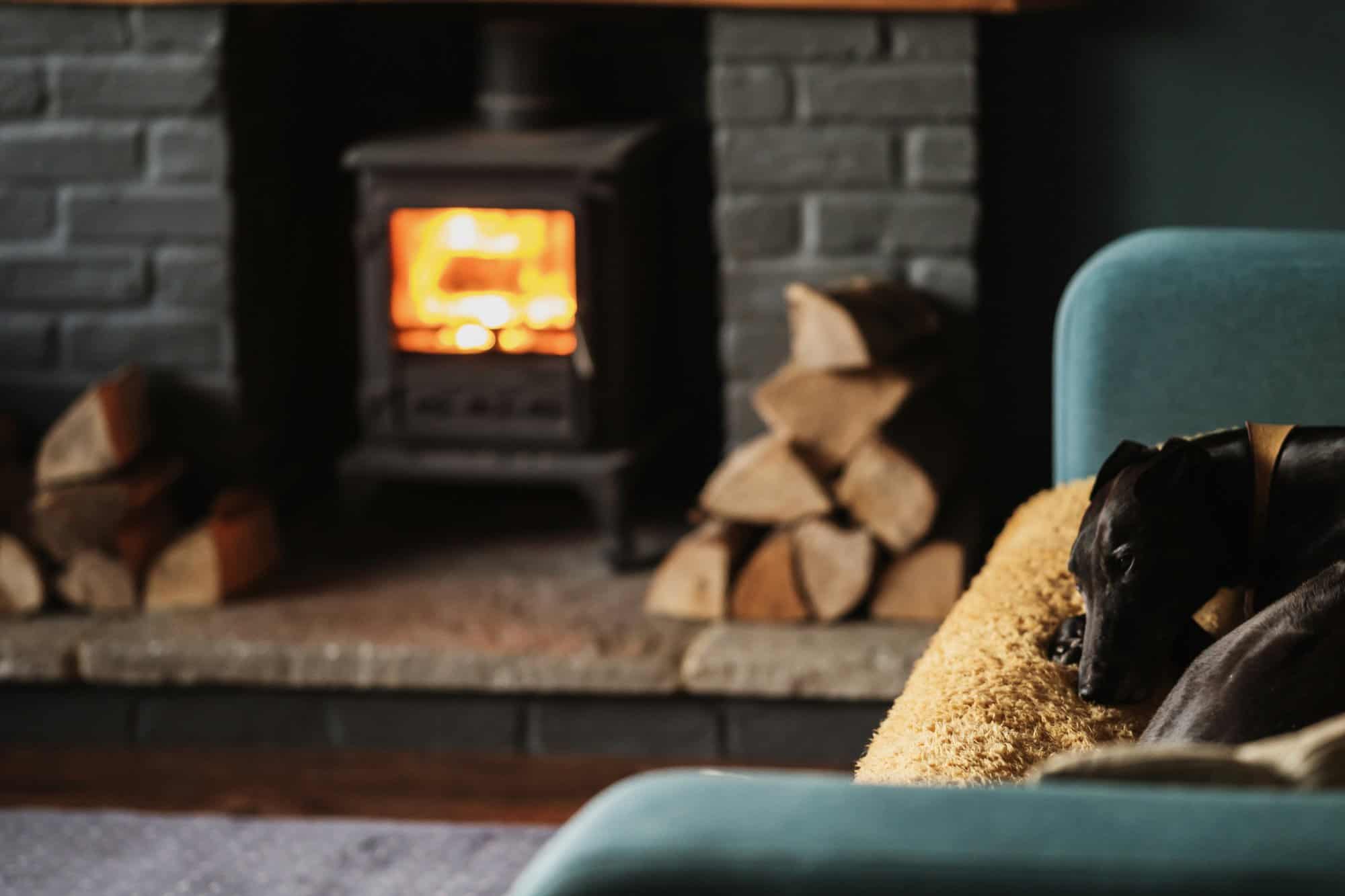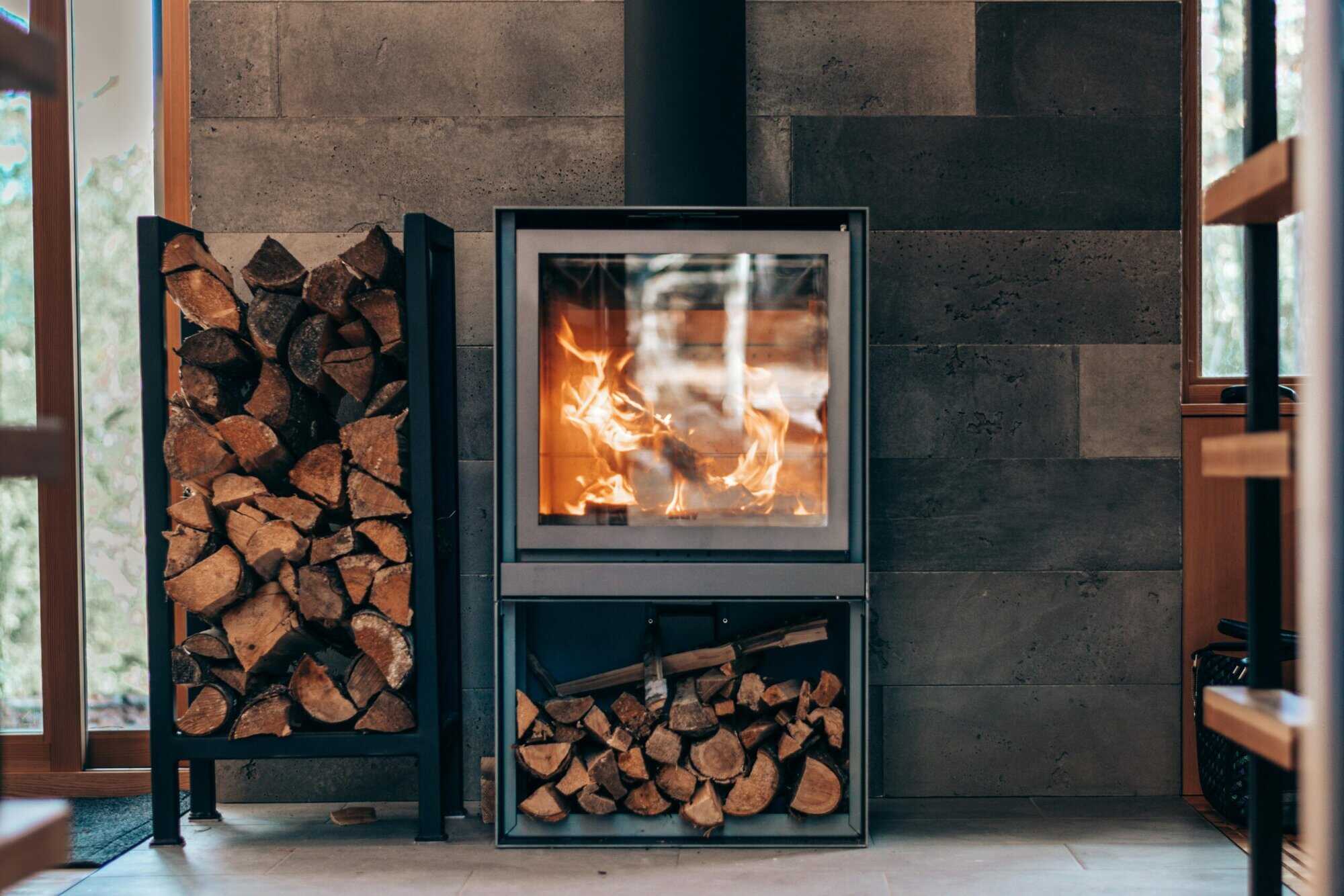Article
26. juni 2025 · 6 min
Will the UK Government Ban Wood Burning Stoves?
Worried about a UK ban on wood stoves? Learn what new regulations mean for homeowners — and how filters, EcoDesign stoves, and chimney fans can keep your heating system compliant and future-ready.

Wood burning stoves have long been a popular choice for home heating in the UK, offering warmth, ambiance, and energy independence. However, concerns over air pollution and particulate emissions have led to increasing discussions about potential bans or stricter regulations.
As the UK government pushes for cleaner air and reduced carbon footprints, many homeowners are worried about the future of their wood stoves. Will they be banned outright, or will new regulations require costly upgrades? More importantly, what can stove owners do to ensure compliance while maintaining their heating choice?
In this article, we’ll explore the current situation, government plans, and practical solutions to help homeowners adapt to potential regulatory changes.
What are the concerns about wood burning stoves?
Wood burning stoves have come under scrutiny in recent years due to their contribution to air pollution. One of the primary concerns is particulate matter (PM2.5 and PM10)—tiny airborne particles released during combustion, which can have negative effects on respiratory health and air quality.
According to government reports, domestic wood burning is one of the largest sources of fine particulate pollution in the UK, even surpassing emissions from road traffic in some areas. This has led to concerns that continued use of older, inefficient stoves and open fireplaces could undermine efforts to improve air quality, particularly in urban and high-density residential areas.
The UK government has already taken steps to limit the sale of wet wood and restrict high-emission solid fuels under the Clean Air Strategy, aiming to encourage cleaner burning practices. However, many fear that further restrictions or outright bans could follow as part of broader environmental policies.
With air pollution linked to serious health conditions such as asthma, lung disease, and cardiovascular problems, authorities are under pressure to introduce stricter controls. This raises an important question: Are new regulations inevitable, and what impact will they have on wood stove owners?
Why are new regulations being introduced?
The UK government’s push for stricter regulations on wood burning stoves is driven by the need to improve air quality and reduce emissions. Scientific studies have shown that particulate matter (PM2.5) from domestic wood burning contributes significantly to pollution levels, particularly in cities and residential areas.
As part of the Clean Air Strategy, the government has already introduced measures to limit the sale of wet wood and coal, ensuring that only cleaner, drier fuels are used. However, further steps are being considered to tackle emissions from older and inefficient stoves. Some of the key reasons behind these proposed regulations include:
- Reducing air pollution: The government has set ambitious targets for reducing particulate emissions, aiming to meet World Health Organization (WHO) air quality guidelines.
- Protecting public health: Prolonged exposure to fine particulate pollution is linked to respiratory diseases, heart conditions, and premature deaths.
- Meeting environmental targets: As the UK moves towards a net-zero carbon future, reducing emissions from domestic heating is seen as an essential step.
While a total ban on wood burning stoves is unlikely, tightened regulations on stove efficiency and emissions are expected. This means that homeowners may need to upgrade to modern, low-emission stoves or implement additional emission-reducing solutions to comply with future laws.

How can wood stove owners comply with future regulations?
While the UK government is unlikely to impose a complete ban on wood burning stoves, stricter emission regulations will require homeowners to make adjustments. Fortunately, there are several ways to comply with future rules while continuing to enjoy the warmth and efficiency of a wood stove.
1. Install a Particle Filter
Similar to exhaust filters in diesel cars, chimney particle filters can capture a significant portion of the fine particulate matter released by a stove. These devices can be retrofitted to existing installations, helping homeowners reduce emissions without replacing their stove. This is one of the most effective solutions for lowering air pollution and ensuring compliance with stricter regulations.
2. Upgrade to an Eco-Design Stove
The Ecodesign 2022 regulations set strict efficiency and emission limits for new wood burning stoves. These stoves produce significantly lower particulate emissions compared to older models while maintaining high heat output. If future regulations tighten further, having an Ecodesign-compliant stove ensures you remain within legal limits.
3. Use the Right Fuel
The type of fuel you burn has a significant impact on emissions. Regulations already prohibit the sale of wet wood, but to further reduce pollution, homeowners should:
- Use well-seasoned hardwood with moisture levels below 20%
- Avoid burning waste wood (e.g., painted or treated wood, which releases toxic fumes)
- Consider high-density briquettes for cleaner combustion
4. Improve Chimney Draft with a Chimney Fan
Even with a modern stove, poor chimney draft can lead to inefficient combustion and higher emissions. A chimney fan actively improves airflow, ensuring complete fuel combustion and reducing the amount of unburnt particles released into the air. This can help homeowners meet stricter air quality standards while improving stove efficiency.
By taking proactive steps, wood stove owners can continue using their heating system while complying with future regulations and environmental standards.
The Future of Wood Burning Stoves in the UK
While concerns over air pollution and particulate emissions have led to tighter regulations on wood burning stoves, a nationwide ban is unlikely. Instead, the UK government is focused on reducing emissions through stricter efficiency standards and encouraging homeowners to adopt cleaner burning solutions.
For those who rely on wood stoves for heating, compliance is achievable through simple yet effective upgrades. Installing a particle filter, upgrading to an Eco-Design stove, using cleaner fuel, and optimising chimney draft with a chimney fan are all practical steps to future-proof your stove and ensure sustainable and legal wood burning.
Rather than eliminating wood stoves, the focus is on making them cleaner and more efficient. By taking proactive measures, homeowners can continue enjoying their stoves while contributing to improved air quality and environmental protection.

exodraft

